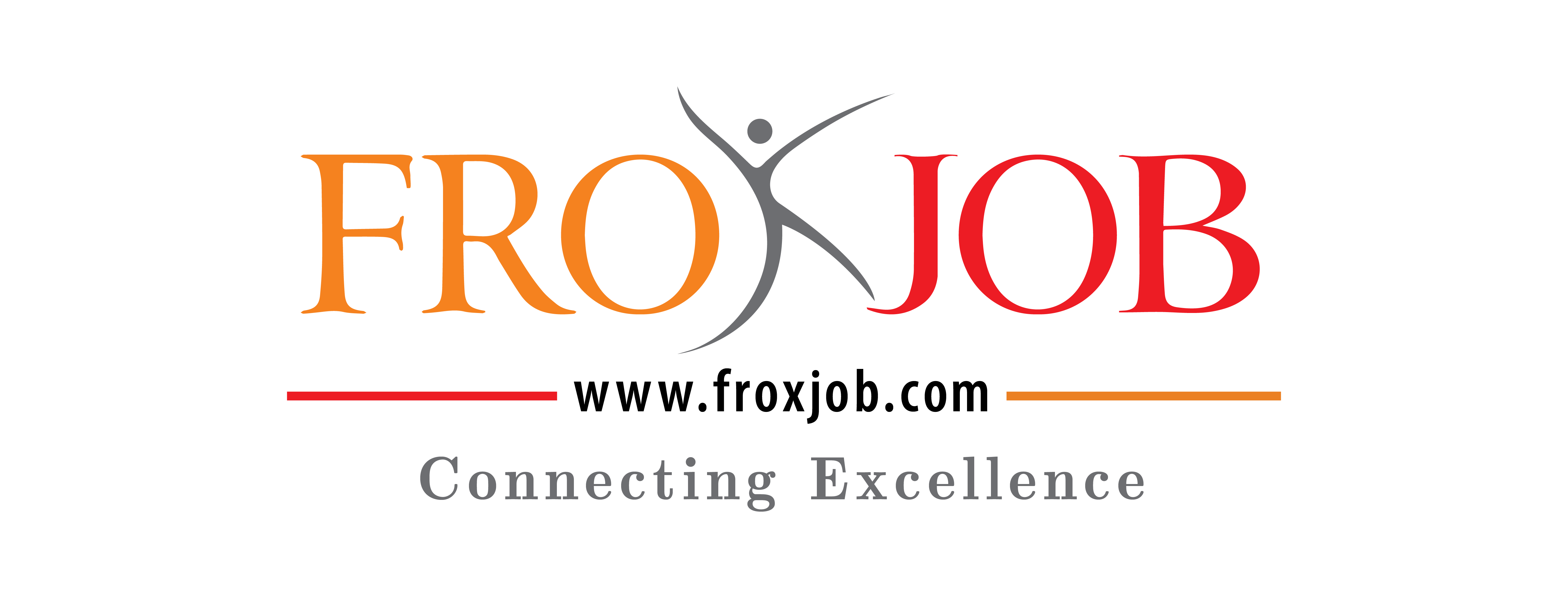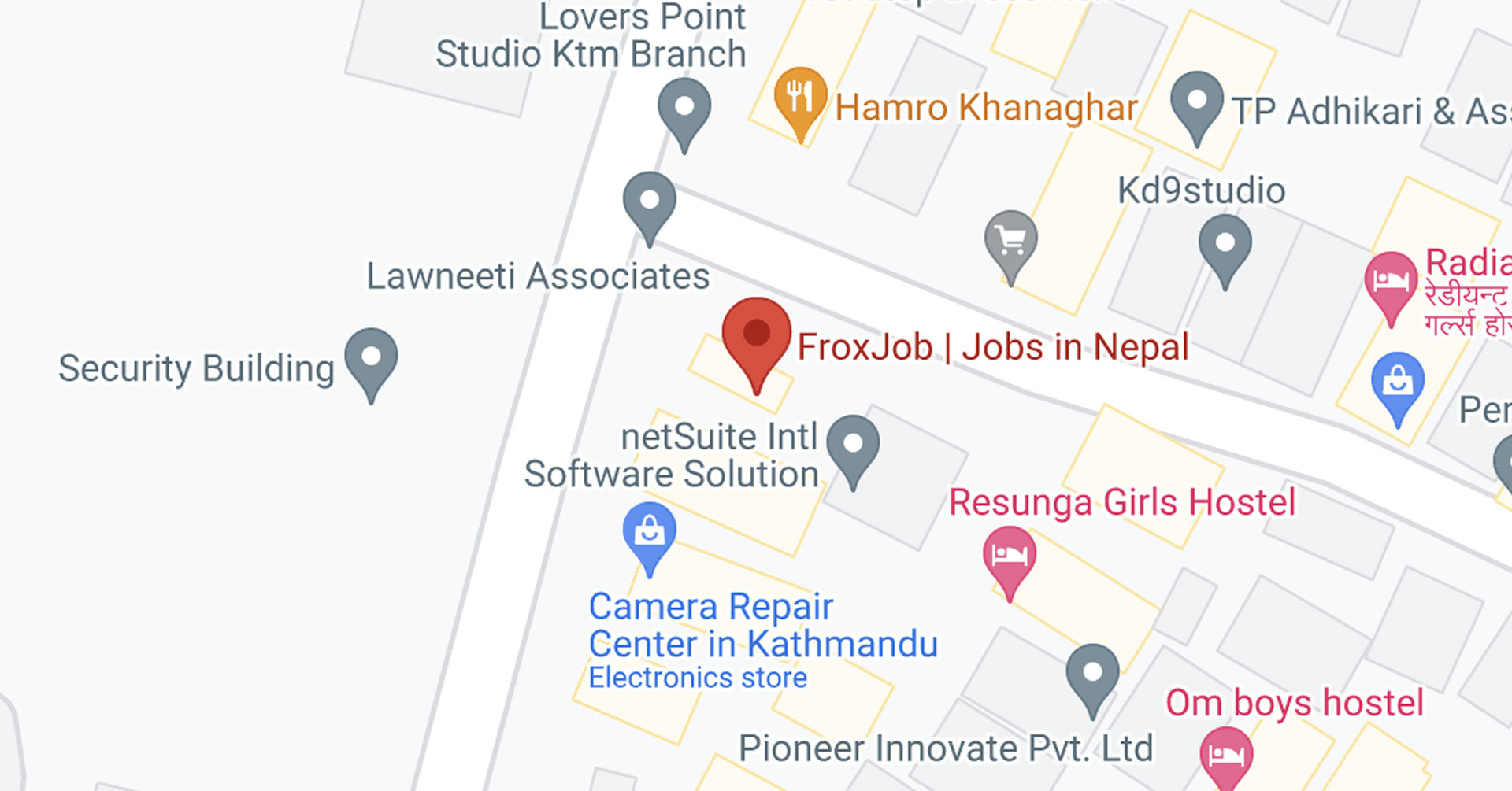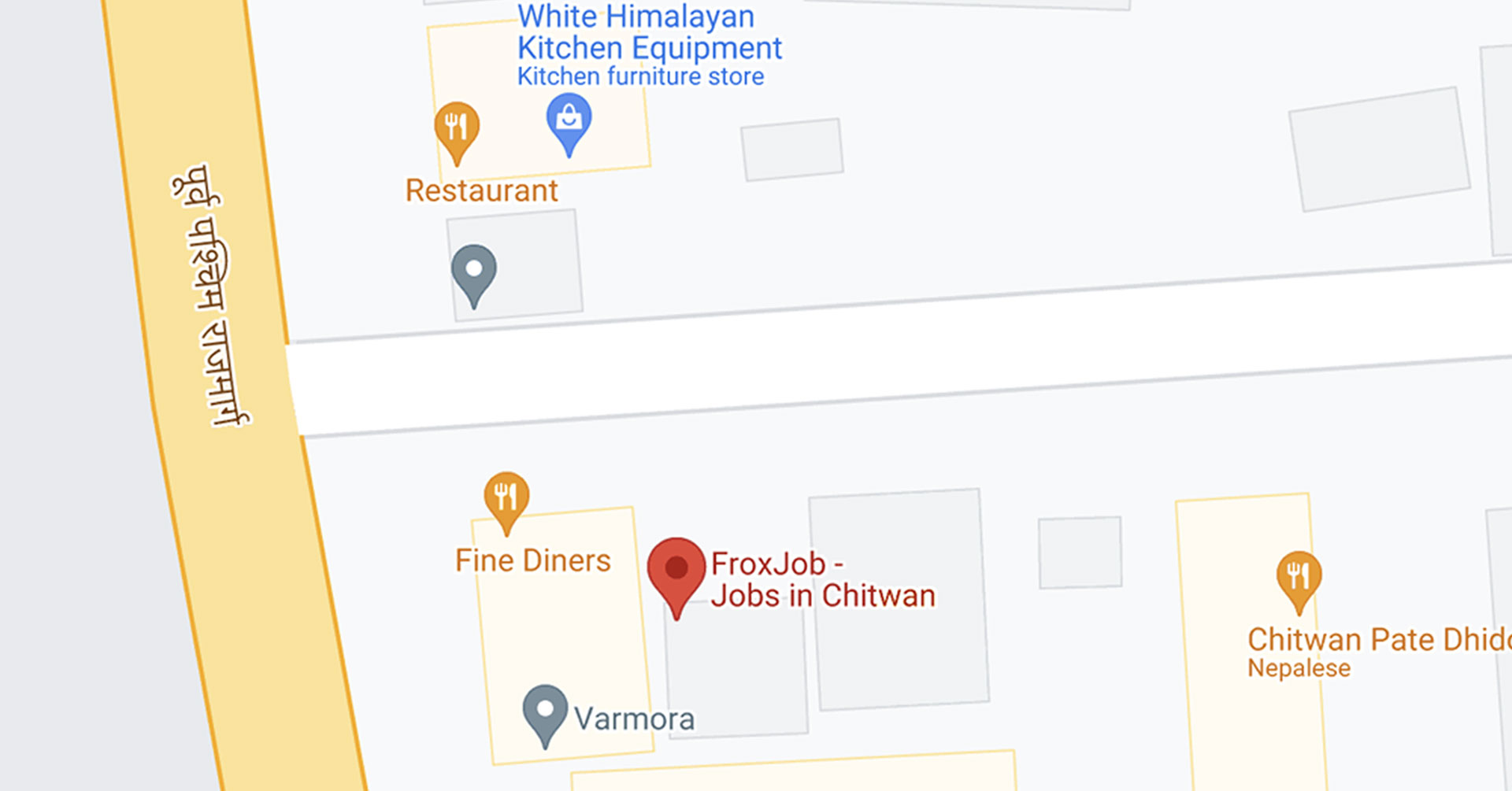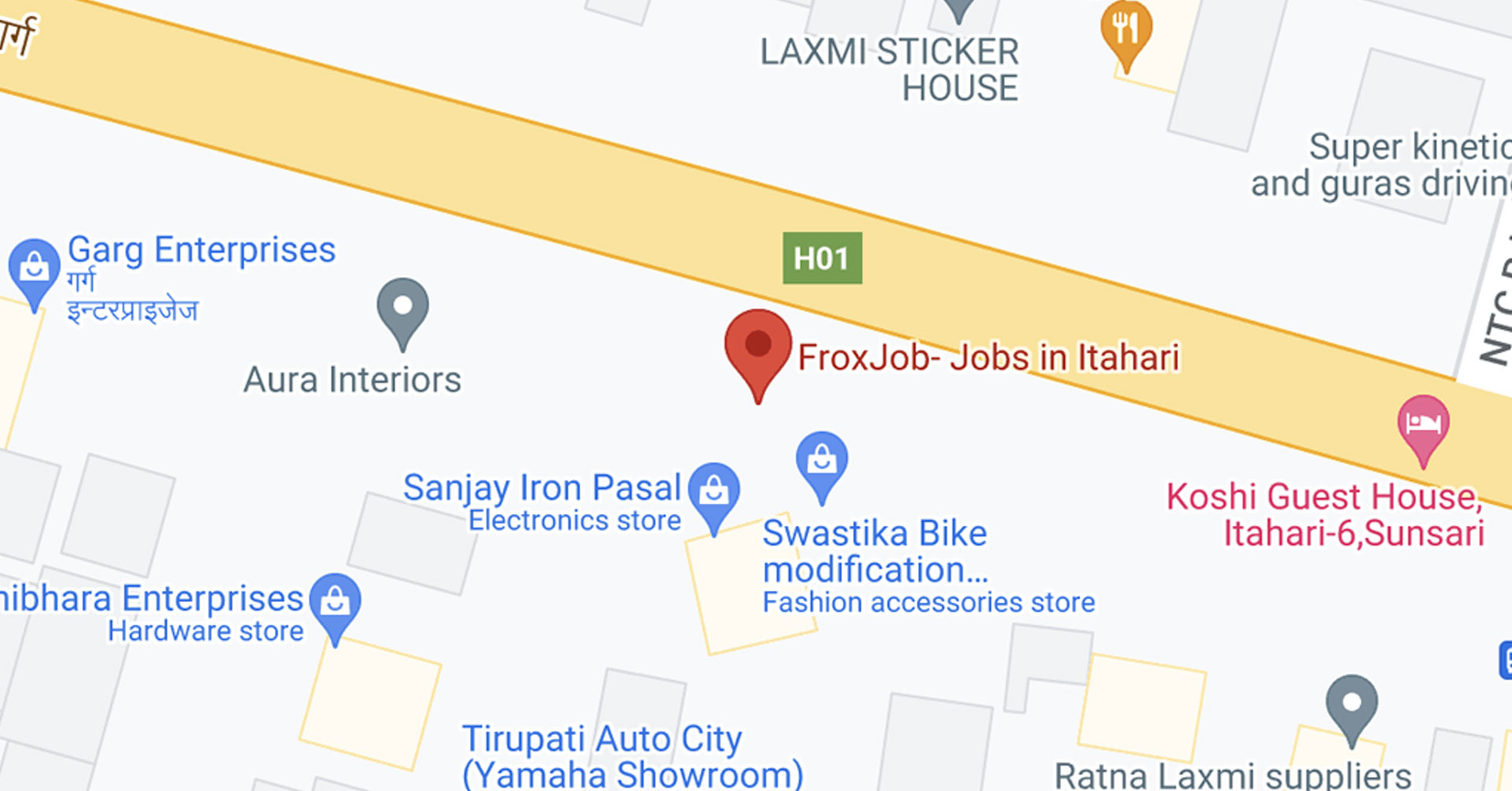How to Explain Gaps in Your Employment History During an Interview
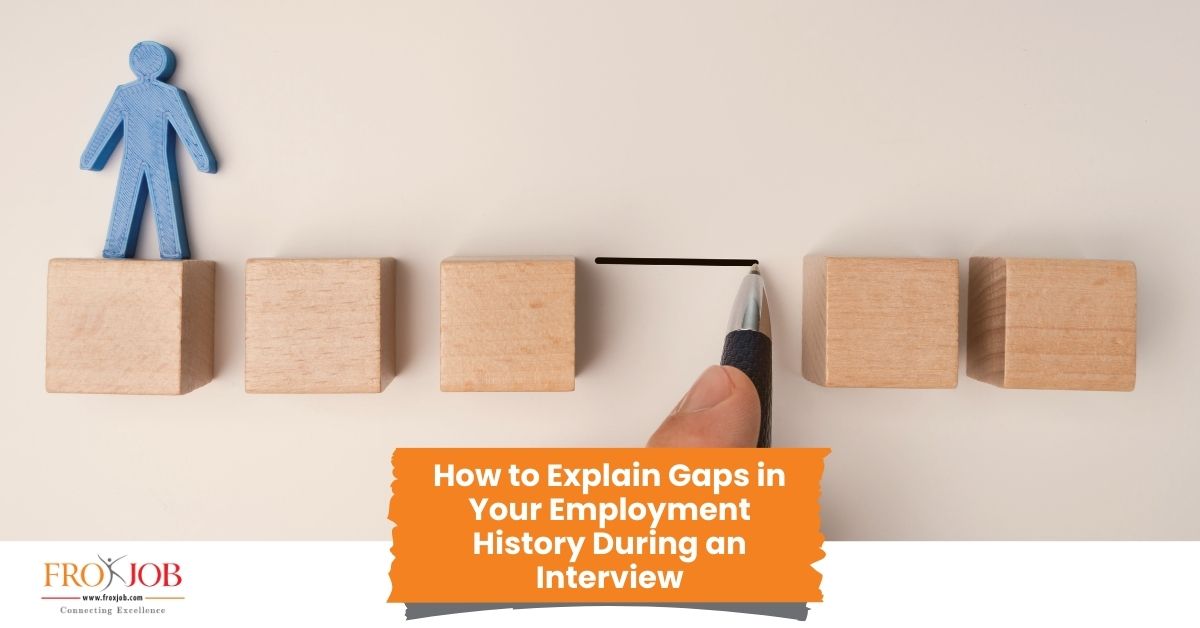
How to Explain Gaps in Your Employment History During an Interview
Employment gaps are more common than most job seekers realize, yet they remain one of the most anxiety-inducing aspects of the interview process. Whether your career break was voluntary or involuntary, planned or unexpected, we understand that addressing these periods can feel really overwhelming. However, with the right approach and preparation, employment gaps can be transformed from perceived weaknesses into compelling narratives that demonstrate your resilience, growth, and commitment to professional development.
Understanding Why Employment Gaps Matter to Employers
Before diving into explanation strategies, we must first understand why employers focus on employment gaps during interviews. Hiring managers and recruiters examine your work history to assess consistency, reliability, and commitment. They want to understand whether you can maintain steady employment and contribute meaningfully to their organization over time.
Employment gaps can raise several concerns for employers, including questions about your professional skills maintenance, industry knowledge currency, and motivation levels. However, it's really important to remember that these concerns are often based on assumptions rather than facts. Our goal is to provide clear, honest explanations that address these underlying worries while showcasing your continued value as a candidate.
Types of Employment Gaps and Their Unique Considerations
Voluntary Career Breaks
Voluntary employment gaps occur when you choose to step away from work for personal reasons. These might include pursuing education, traveling, caring for family members, or taking time for personal development. When explaining voluntary gaps, we recommend emphasizing the intentional nature of your decision and the valuable experiences or skills you gained during this period.
Involuntary Employment Gaps
Involuntary gaps result from circumstances beyond your control, such as layoffs, company closures, medical issues, or economic downturns. These situations require different explanation strategies that focus on how you managed the unexpected circumstances and remained proactive in maintaining your professional readiness.
Extended Job Search Periods
Sometimes employment gaps occur simply because finding the right opportunity takes longer than anticipated. Extended job search periods are particularly common in specialized fields or during economic uncertainty. When addressing these gaps, we focus on the selective approach you took in finding the right fit rather than accepting any available position.
The STAR Method for Explaining Employment Gaps
We recommend using a modified version of the STAR method (Situation, Task, Action, Result) when explaining employment gaps. This structured approach ensures your explanation is comprehensive yet concise.
Situation: Briefly describe the circumstances that led to your employment gap without going into excessive personal detail.
Task: Explain what you needed to accomplish or address during this period.
Action: Detail the specific steps you took to remain professionally engaged, develop skills, or prepare for your next role.
Result: Highlight the positive outcomes, skills gained, or personal growth achieved during this time.
Crafting Honest and Compelling Explanations
Be Transparent and Authentic
Honesty remains the foundation of any successful employment gap explanation. Attempting to hide or misrepresent gaps in your employment history often backfires during background checks or reference verification. Instead, we advocate for transparent communication that demonstrates integrity and self-awareness.
When crafting your explanation, avoid over-sharing personal details while providing enough context for the interviewer to understand your situation. The key lies in finding the balance between honesty and professional discretion.
Focus on Professional Development Activities
During any employment gap, we encourage highlighting professional development activities you pursued. These might include:
Online courses and certifications relevant to your field Volunteer work that utilized or developed professional skills Freelance or consulting projects that maintained your industry connections Industry networking events and professional association participation Skills training programs or workshops attended Professional reading and staying current with industry trends
Specific Strategies for Common Gap Scenarios
Family Care Responsibilities
When employment gaps result from caring for family members, we recommend emphasizing the valuable skills developed during this period. Managing family responsibilities requires exceptional organizational abilities, time management, problem-solving skills, and emotional intelligence. These are all highly transferable to professional environments.
Health-Related Gaps
Medical-related employment gaps require particularly sensitive handling. We advise focusing on your recovery, current health status, and readiness to return to work rather than detailed medical information. Emphasize any skills or perspectives gained through overcoming health challenges.
Educational Pursuits
Returning to school or pursuing additional certifications represents a proactive investment in your professional future. When explaining educational gaps, we recommend connecting your studies directly to your career goals and the position you're seeking.
Economic Layoffs or Company Closures
When involuntary termination creates employment gaps, focus on the external factors involved and your proactive response to the situation. Highlight networking activities, skill development, and selective job search approaches that demonstrate your professionalism.
Timing Your Gap Explanation
Resume Preparation
Your resume format can help minimize the visual impact of employment gaps. Consider using functional or combination resume formats that emphasize skills and achievements over chronological work history. Include relevant activities during gap periods, such as volunteer work, freelance projects, or education.
Interview Timing
During interviews, we recommend addressing gaps proactively rather than waiting for questions. This demonstrates confidence and transparency. However, avoid making gaps the central focus of your interview conversation. Mention them naturally within the context of your career narrative.
Turning Gaps into Strengths
Demonstrate Resilience and Adaptability
Employment gaps often showcase resilience and adaptability in ways that continuous employment cannot. Use your gap explanation to highlight how you navigated challenges, maintained motivation, and prepared for future opportunities.
Show Intentional Career Planning
Frame your employment gap as part of intentional career planning rather than random circumstances. This approach demonstrates strategic thinking and long-term career vision.
Advanced Preparation Techniques
Practice Your Narrative
Rehearse your employment gap explanation until it flows naturally and confidently. Practice with friends, family members, or career counselors who can provide feedback and help you refine your message.
Prepare Supporting Documentation
Gather supporting materials that demonstrate your activities during employment gaps. This might include certificates from courses completed, volunteer appreciation letters, or portfolios of work projects undertaken during your break.
Research Industry Attitudes
Different industries have varying attitudes toward employment gaps. Research your target industry's typical perspectives on career breaks and adjust your explanation strategy accordingly.
Common Mistakes to Avoid
Over-Apologizing or Showing Excessive Defensiveness
Avoid apologizing excessively for your employment gap or adopting a defensive tone. Present your explanation matter-of-factly and move the conversation toward your qualifications and enthusiasm for the position.
Providing Too Much Personal Information
While honesty is important, oversharing personal details can make interviewers uncomfortable and detract from your professional qualifications. Maintain appropriate boundaries while providing sufficient context.
Failing to Connect Gaps to Professional Value
Every employment gap explanation should connect to professional value and readiness. Avoid explanations that end without demonstrating how the experience prepared you for future success.
Building Confidence for Gap Discussions
Remember that employment gaps are increasingly common and accepted in today's dynamic job market. Economic volatility, industry changes, and evolving work-life balance priorities have made career breaks more normalized than ever before.
Approach gap discussions with confidence and professionalism, knowing that your experiences during these periods often provide unique perspectives and skills that can benefit potential employers.
Employment gaps don't define your professional worth or future potential. With thoughtful preparation and honest communication, these periods can become compelling parts of your career story that demonstrate growth, resilience, and intentional professional development.


